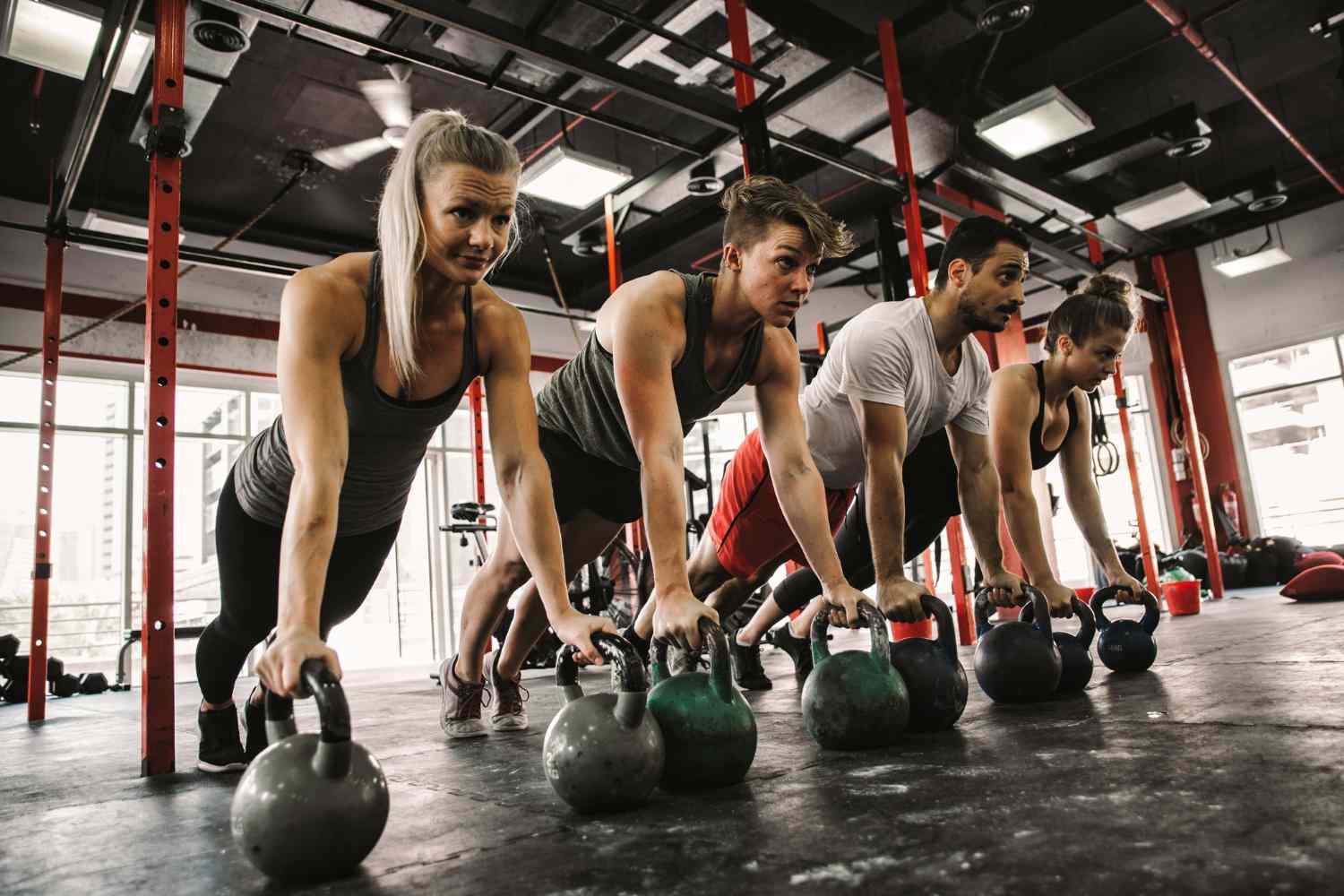Functional training is more than a workout—it’s a full-body, brain-boosting approach that adapts to you, improves strength, coordination, and confidence, and keeps daily life moving smoothly.

Table of contents
You know that electric rush after a great workout? That surge that makes you feel alive, energized, ready to take on the world? You don’t need to lift hundreds of pounds or hold lotus pose for half an hour to feel it. You just need to discover the power of functional training.
This style of training, increasingly popular—especially among women—is far from a passing fad. It’s a movement philosophy that blends strength, agility, endurance, coordination, and overall well-being into one complete workout.
What functional training really is
Functional training revolves around fundamental movement patterns—pushing, pulling, squatting, rotating, walking—rooted in human biomechanics. It’s designed to train the body as an integrated system, not in isolated parts.
Forget the classic “one muscle at a time” approach. Functional training works the entire body, just like you use it every day. Carrying grocery bags, lifting your child, running up the stairs—these are all functional movements. The goal is to make them smoother, safer, and more efficient through exercises that engage multiple muscle groups at once.
From a biomechanical perspective, it develops core movement patterns—push, pull, rotate, squat—enhancing muscle synergy and neuromuscular activation. This three-dimensional, coordinated approach reduces joint stress and prevents poor posture compensations.
And it’s not just the muscles at play. Coordination, balance, and reaction time are as much neurological as they are physical. Functional training challenges the brain as much as the body, sharpening focus, reflexes, and movement confidence.
The tools? Kettlebells, medicine balls, TRX straps, sandbags—or simply your own bodyweight. The workouts aren’t only effective; they’re engaging, unpredictable, and rarely boring.
Why women love it
Because it’s inclusive and adaptable. You don’t need sculpted muscles or an athlete’s background—functional training adjusts to you, not the other way around. Whether you’re starting from scratch or already fit, every move can be scaled to your level.
And it works. People often leave sessions feeling stronger, quicker, more centered. It’s the kind of training that helps you reconnect with your body—and often with your self-confidence.
What to expect from a session
A typical session blends strength, cardio, balance, and mobility work. It might start with a basic circuit—squats, planks, lunges—and progress to burpees, jump rope, or medicine ball throws. The pace is steady but adjustable, especially with a skilled trainer guiding you.
The payoff? More energy, fewer aches, muscles waking up, and improved posture. And yes, maybe a hint of abs peeking through.
Still, every body has its own story—its limits and strengths. Good functional training meets you where you are, not where an idealized chart says you should be.
The role of the core and stabilizing muscles
At its heart lies the core—not just the abs, but a network of deep muscles (transversus abdominis, multifidus, pelvic floor, diaphragm) that stabilize the torso. Functional exercises strengthen these muscles under controlled instability, improving your ability to stabilize during complex or dynamic movements.
Benefits that go beyond the physical
It’s not only about weight loss or muscle tone. Functional training offers a wealth of benefits: it reduces injury risk, strengthens postural muscles, and boosts movement awareness.
It also trains the mind—balance, coordination, and reaction time stimulate the brain, enhancing concentration and self-assurance.
Studies on proprioception show that functional training sharpens the central nervous system’s ability to sense the body’s position and movement in space. This results in greater joint stability and fewer micro-injuries from awkward or sudden movements.
Who it’s for
Almost everyone. Teens, adults, new mothers, athletes, people recovering from injury—functional training is one of the few fitness methods that truly adapts to your body and follows you through life’s stages with respect and flexibility.
Where to start
Find a qualified coach or center—technique is crucial, especially at the beginning. Skip the “go hard or go home” mentality; the goal is to build yourself up, not break yourself down.
If you train at home, all you need is a mat, a few basic tools, and some expert guidance via an app or tutorial video.
